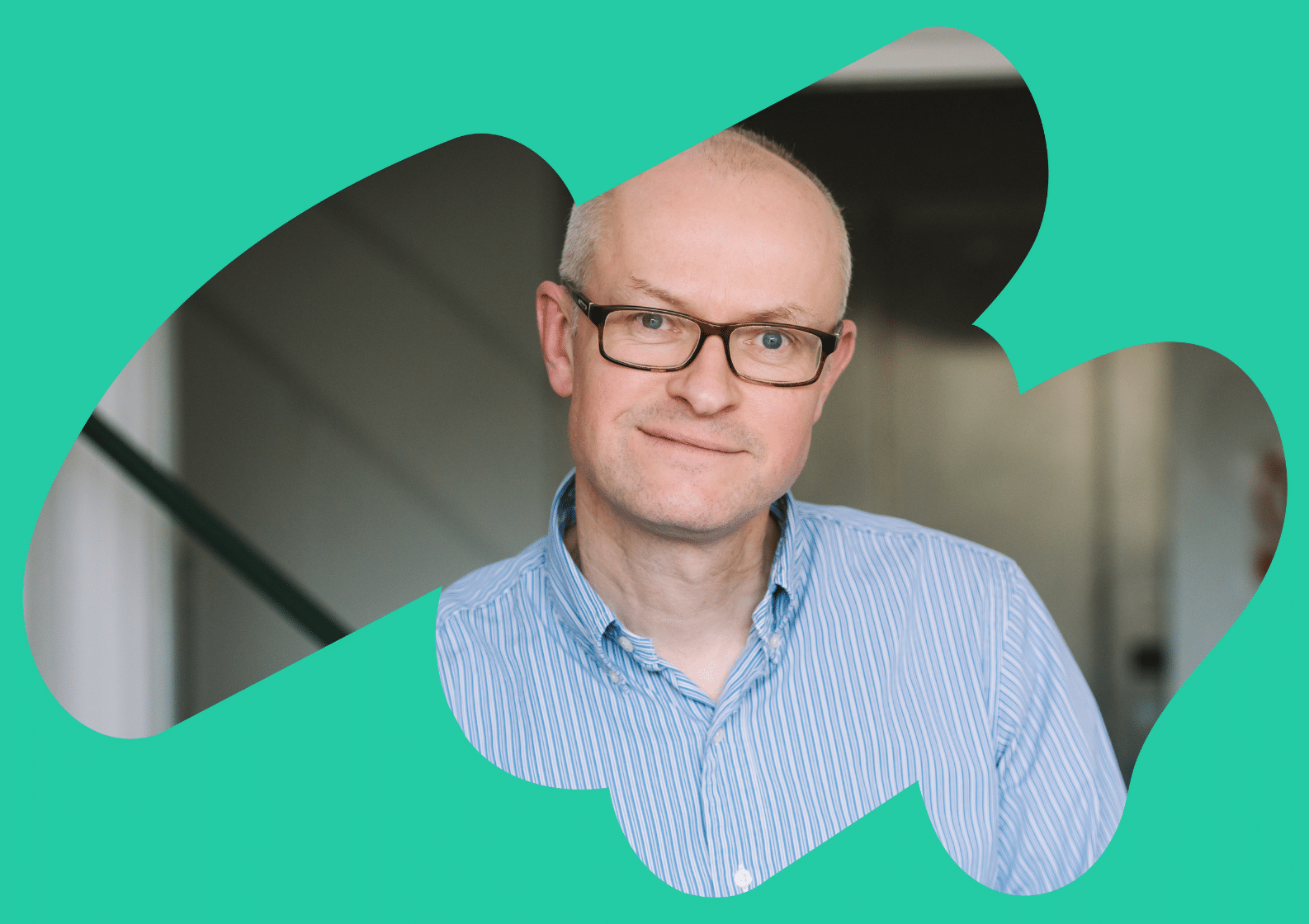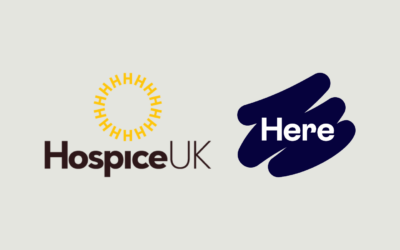Data and Analytics: why we work with hospices

Exceptional care, for everyone
At Here we talk about our purpose being ‘Exceptional care, for everyone’. As well as providing outstanding clinical services, we deliver on that purpose through partnering with other organisations to deliver the ‘outstanding’.
This has always been part of our ethos. Most of the work that we do is in partnership with others, and it’s a way of working that feels engrained in what we do.
Connecting with hospices
The connection with hospices grew out of various enquiries that we had received about working with TPP SystmOne data. Many hospices had transitioned to the SystmOne Electronic Patients Records (EPR) in the last 5 years, and there seemed to be a common question – “we have lots of great data, but how do we use it?”
That resonated with us: SystmOne is a very ‘grown up’ clinical system – it is highly customisable, and the volume and sophistication of the data is captures is impressive, so much so that getting the best out of the data can be complicated.
That was our story as well – we have been using SystmOne successfully for around 12 years, and we realised very quickly that we needed to make investments in our analytics skills and infrastructure to make it work in the way that we wanted.

What are the analytics needs of hospices?
The message comes through loud and clear: hospices don’t want someone to do data analysis for them—they want to do it with them.
This distinction matters enormously. Hospices are working within tight resource constraints, but they’re hungry to build their own capabilities. The journey they’re facing is familiar to many healthcare organisations: moving from spreadsheets to Power BI, and scaling to data warehouses. It’s not just about the technology though—it’s about upskilling teams and building confidence in working with data.
Accelerating digital strategy
We’ve learnt that what hospices are really seeking is an accelerator, not an outsourced solution. They want to learn from someone who’s navigated this path before, avoiding the pitfalls and focusing on what actually works in a healthcare setting. There’s a recognition that sustainable change comes from building internal capability, not dependency on external consultants.
Right now, digital and data strategy isn’t just nice to have—it’s absolutely critical. Hospices are increasingly viewing data as a strategic asset, not merely an administrative burden. With healthcare systems under unprecedented pressure, hospices need to demonstrate their value and impact through evidence.
This is about more than efficiency or reporting. It’s about enhancing the visibility of hospice care within the broader health system. When hospices can clearly articulate their outcomes, resource needs, and the gaps they’re filling, they strengthen their position as essential partners in end-of-life care.
The challenge ahead is clear: building data capability within resource constraints, but the appetite for change has never been stronger.
The challenge ahead is clear: building data capability within resource constraints, but the appetite for change has never been stronger.
What did we learn?
The pressure is mounting. NHS standards and mandatory data returns are creating new demands on hospices that can’t be ignored. While every hospice we’ve worked with shares fundamentally similar needs, they’re each at different points in their data journey.
A cookie-cutter approach simply doesn’t work. Each hospice has configured their systems differently, grown organically with different tools, and faces unique local constraints. What is transferrable isn’t a plug-and-play solution—it’s the underlying knowledge. Understanding how to connect disparate systems behind the scenes, how to make data flow smoothly between platforms, and how to overcome the messy, real-world challenges that data inevitably throws up.
We’re seeing some promising collaboration emerging at regional level, though it’s still in early stages. Hospices are beginning to recognise the value in sharing approaches and learning from each other’s experiences.
The priorities are becoming clear across the sector. Hospices are focusing on population health management, improving access and equity for their communities, understanding IPOS (Integrated Palliative care Outcome Scale) effectively, and developing robust impact measurement. These aren’t just buzzwords—they’re the foundations for demonstrating value and securing the future of hospice care.
Get in touch for an informal chat about how we can help you transform your analytics:
Analytics@HereWeAre.org.uk
Also of interest
Data rich, information poor: Why analytics matters to hospices
Like many of us delivering healthcare in collaboration with the NHS, hospices are experiencing the dilemma of not being an NHS organisation but needing to know our way around the landscape of data as if they are.
Congratulations Aaron Salter: Hospice UK’s Digital Champion Award winner 2024
As a social enterprise dedicated to transforming healthcare through data analytics, we are thrilled to share the inspiring story of Aaron Salter, winner of the Digital Champion Award at the Hospice UK Conference 2024.
Proud sponsors of the Hospice UK Digital Champion Award
We are proud to announce we will be supporting Hospice UK and their awards conference, celebrating the brilliant talent of the sector. It is our great pleasure to be sponsoring the Digital Champion Award.


